01 Dec Visiting the Moonscape of Lake Abbe
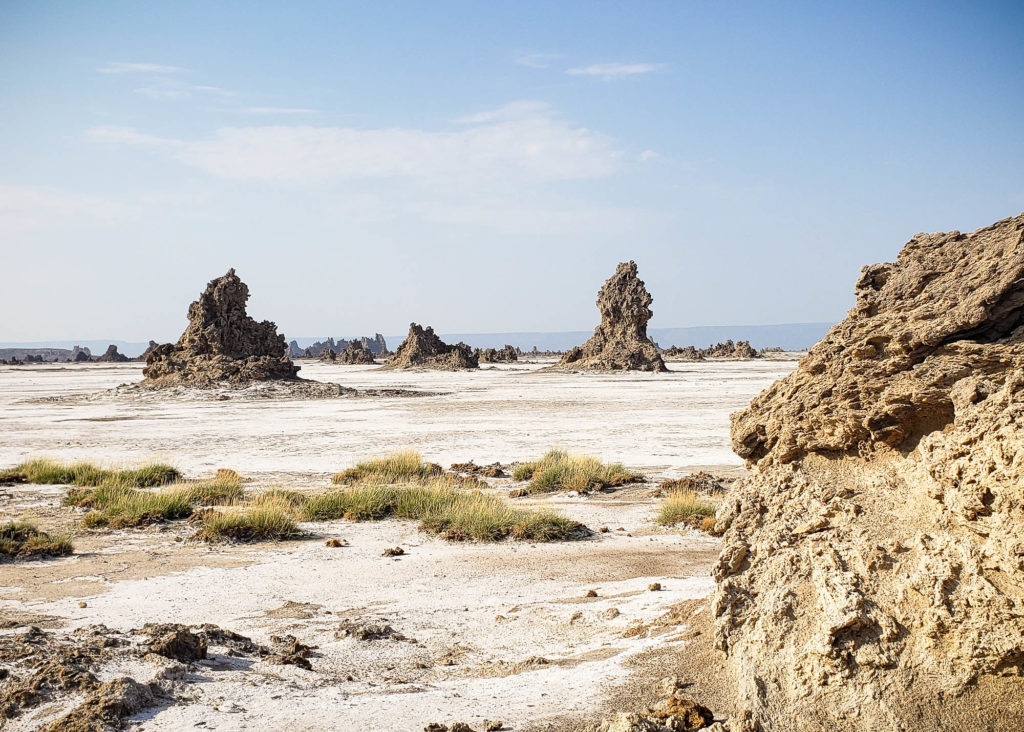
Visiting the Moonscape of Lake Abbe
Drew and I traveled to Djibouti for three reasons: 1 – to see Lake Abbe, 2 – to see Lake Assal, and 3 – so Drew could make every conceivable Djibouti (ya booty) joke.
Lake Abbe, which straddles the border between Djibouti and Ethiopia, looks like another planet. It’s so weird that people just can’t believe it wasn’t the filming location for the original 1960s Planet of the Apes. Many tour guides and guidebooks falsely claim that the movie was shot here. However, POTA was actually shot in Arizona and California which definitely makes more financial sense.
Find What You're Looking For
The Drive to Lake Abbe
The only practical way of visiting Lake Abbe is with a driver and a guide in a 4WD. Before we left Las Vegas, Drew and I researched a handful of independent guides who had experience taking people out to Lake Assal and Lake Abbe.
Visiting these two locations takes two days, with a night spent at an Afar village near Lake Abbe, and costs around $650 USD. You could do Lake Abbe in one day from Djibouti City, but that quick trip wouldn’t do the landscape justice. It’s better to take it at a slower pace and really take in the scenery (and lack thereof).
After a night in Djibouti City (an excellent location to start your journey towards Lake Abbe), our guide and driver picked us up at our hotel around 8am to start the all-day adventure. We’ve been to some pretty desolate places in India and other parts of Africa, but I couldn’t even begin to understand how out there Lake Abbe was!
It takes around six long hours to reach Lake Abbe from Djibouti City. For most of the ride, the roads are fairly well maintained. I’m sure that the incoming shipments of khat from Ethiopia have something to do with that! However, when the road curves slightly you can bet there will be an overturned tractor trailer. We saw so many on our route, some had been there for months and some had just happened the day before.
Khat has a mild stimulating effect, like coffee. Our drivers munched on the leaves throughout our entire journey and stopped several times to pick up new bundles.
We passed by two cities on our drive: Ali Sabieh, the second largest city in Djibouti, and Dikhil, where we stopped for lunch.
After leaving the restaurant in Dikhil, we said “Goodbye” to paved roads and started down unmarked terrain that was so bumpy my organs have probably been permanently relocated in my body. To add to the discomfort, the old Land Rover we rode in didn’t have a working A/C and, even in October, the temperature creeps well into the 90s.
For us, the drive was reminiscent of driving north of Las Vegas where it’s so desolate and beautiful in its own way, but once you’ve seen it for about 30 mins, you’re ready to grab a gallon of water and head back to civilization.
Unlike the drive around Las Vegas, Afar villages appeared out of the dirt randomly, which allowed a brief glimpse of life within these desolate homelands. Out of a mirage in the distance, children are outfitted straight out of Biblical times while they herd sheep, goats, and camels wearing linen robes and carrying a staff.
After two more hours of sweltering nothingness, we arrived at Lake Abbe.
Lake Abbe At First Glance
We parked the SUV and got out for a quick tour of the area before we headed to our lodging for the night.
Lake Abbe, or Lake Abhe Bad, is a salty lake situated at the Afar Triple Junction, the central meeting place where three segments of the Earth’s crust – the African, Somalian, and Arabian plates – writhe, buck, and tear apart from each other.
The limestone chimneys which form the landscape were created when water was diverted from the Awash River for irrigation in the 1950s. This dam dried up the lake’s surface and caused the underground thermals to spew muddy water to the surface, creating the tall (some 150 feet high), otherworldly chimneys that are there today.
Lake Abbe is an active thermal area and steam comes out of the limestone formations creating a true illusion of a chimney. Hot springs fracture the earth but, unlike Yellowstone National Park in the United States, there are no signs, boardwalks, or fences to keep you safe. This goes without saying, but you should watch your step!
Lodging
Aside from the occasional shepherd, the only inhabitants of this lake are pink flamingos and a small tourist lodge set up by the Afar people near the lake’s shore. We arrived around 5pm to watch the sunset over the lake. It was oddly beautiful.
Drew and I aren’t really campers in that…well, we don’t camp. So this very basic accommodation which consisted of curved steel rebar topped with woven grass mats was a stretch for us.
We went into the experience with open minds, excited to try something new, to stretch out from the ride, and have some time alone. It had been a long day crammed into a hot car with strangers.
Our hut had two cots topped with thin mattresses, a sheet, and a mosquito net. I had my Sand Cloud towel that I carry with me on most trips and it came in super handy as a thin (clean) blanket. When I let down my mosquito net I noticed that it was filled with gigantic holes and discovered the next morning that I’d been bitten many times.
The camp has Western toilets and shower facilities (towels not provided) but they are located a bit away from the sleeping huts. We had packed a headlamp and a camp light, otherwise, it would have been hard to find our way to the bathroom once the sunset because the electricity cuts off around 8pm.
A Rough Night’s Sleep
The jet lag and the day’s adventure had exhausted us so we grabbed our bathing towelettes, washed off as much dirt as we could, and laid down on our cots. We expected sleep to come quickly but the wind beat so loudly on the grass wall coverings that it was impossible. I laid in my cot, sweating and swatting away mosquitos for what seemed like hours.
When I thought for sure that the sun was about to rise, I rolled over and looked at my phone. It was 10:45pm. Every now and then I’d wake violently from the sound of the wind. Panicked, I’d imagine a jackal slinking around our tent in search of my protein bars, Swedish Fish, or Goldfish crackers. The darkness was so thick I just laid there for hours trying to hear the scurrying sounds of an uninvited guest.
I noticed the next morning that our guide and driver slept outside on cots and covered themselves with thin blankets. That would have been considerably cooler, quieter, and the mosquitos wouldn’t have been able to get near me because of the wind. Maybe next time…
Watching the Sunrise Over Lake Abbe
The next day we woke up at 5:30am to catch the sunrise over the chimneys at Lake Abbe. What the sunset lacked in color variation and vibrancy, the sunrise had in abundance.
We were the only people around as we walked straight up to thermal features, covered our heads with scarves, and breathed in the sulfry mist. I couldn’t help thinking about the first explorers to Yellowstone National Park and how it must have seemed like such an unfamiliar, hellish, and scary landscape to them.
Breakfast With a Camel Thief
Back at camp for breakfast, we met an 85-year old man who was passing through on his way to repair a gun in another village. He told us stories, translated through our guide, of his adventures as a notorious camel thief and warrior throughout the Somali civil wars. By his count, he’d stolen hundreds of camels and killed upwards of 40 people. He said that travel was difficult for him because people tried to avenge the murder of their loved one.
Hiking Around Lake Abbe
After breakfast, we headed back to Lake Abbe. Our guide told us to grab a bottle of water from the back of the vehicle but didn’t tell us that we were about to hike eight miles through the desert.
The earth is dry, cracked, and blindingly white in some places, but as slippery as ice in others. There was nothing but desert as far as we could see, and we were 100% exposed to the harsh Djiboutian sun.
Unfortunately, since we didn’t know what the plan was (visiting the flamingos), I didn’t bring my telephoto lens and the flamingos were too far off to capture. After walking for what seemed like hours, our guide got us about a mile and a half off course. We walked around for over three hours with no remaining water and no sunscreen.
Take Away
If geothermal features and geographical oddities are your thing, you should definitely visit Lake Abbe. If they’re not, I can think of plenty of other ways to spend your money. The area is like nowhere else I’ve ever seen, but is it worth the drive? And $650?
Tourism isn’t well developed in Djibouti yet; in the future, they need to figure out how to get people to Lake Abbe faster and provide more information when entering the area. There is also quite a bit of debris around the lake (busted flip-flops, broken glass, and clothing items) so steps should be made to better protect the site.
Know Before You Go
- It takes a long (like really long) time to get there.
- The ride isn’t all that interesting and there aren’t good stops along the way.
- Depending on the time of year, it can be really f’ing hot.
What to Pack for Your Trip to Lake Abbe
- Depending on the time of year, it can be really freaking hot. Wear moisture-wicking, breathable clothing. I love these Columbia shirts and they might not be the most fashionable, but they don’t show sweat, keep you looking fresh, and can be washed and dried quickly in a hotel room sink.
- Women should be respectful of local religions and their customs by dressing modestly.
- Protect yourself from the damaging sun by wearing a wide-brimmed hat and bringing along sunscreen.
- Electricity is limited and you’ll want your camera charged and ready to go. Bring along a solar charger to keep you powered up and a headlamp or LED camp light to help you find your way to the bathroom when the lights get turned off.
- Your own towel/blanket. I have this one from Sand Cloud.
- Pack earplugs because the noise from the wind is fierce (or maybe you have a SO who snores like me…).
- Don’t want to get in the shower? I don’t blame ya. We packed these adult bathing wipes and they were a life — er, smell — saver.
- Pesky mosquitos are all around. Grab some mosquito wipes to keep up your sanity. Bonus, the wipes are carry-on compliant and make packing a breeze!
- You’ll also want some cheap flip-flops for those sketch shower situations (seriously…trust me).
Best Times to Visit Djibouti
The best time to visit Djibouti is from November until January. The temperature is more manageable and this is also when the whale sharks make their annual visit. May through September is extremely hot and traveling to Lake Abbe and Lake Assal (both notoriously hot places) would be dangerous.
Djibouti
Helpful Area Info
What You Can Expect to Pay in Djibouti City, Djibouti:
> Lodging: $100 (wallet-friendly) vs $300+ (average) per night.
> Coffee: Around $1
> Dinner: $10-20 (two people) Yemini Fish for 2, 2 Waters, and Bread
> Beer: N/A
Recommended Lodging Options in Djibouti:
Nowhere we stayed was clean or comfortable. So it’s hard for me to recommend anywhere, but these appear to be…well…options.
- Sheraton Djibouti — International brand hotel, so that’s promising. It’s also on the water with some beautiful pools which would be A+ awesome in the hot sun. (From $281/night)
- Djibouti Palace Kempinski — This place has decent reviews but it comes at a cost. (From $315/night)
- Hotel Rayan Djibouti — We stayed here — You’ve seen the pics, so you can decide for yourself. (From $90/night)
- The Atlantic Hotel — Also also stayed here. It was cleaner and nicer, but still not to Western standards. (From 140/night)
Resources to help your Travels
Disclosure: This post may contain affiliate links. At no additional cost to you, I may earn a small commission if you book or purchase through these links.
As always, everything on this site is completely free. If you found this post (or anything on YouFoundSarah.com) useful, I’d be grateful if you considered using the affiliate links below. I make a small commission at no extra cost to you. These are the services Drew and I love to use ourselves when we plan our travels. Thanks for your support!
— Sarah
Booking.com – For booking hotel rooms.
Tours by Locals and GetYourGuide.com – For finding high-quality tours around the world.
VRBO – For renting homes across the world.
About Sarah
Sarah hails from the land of fried chicken, sweet tea, buttered biscuits, and the friendliest people you’ll ever meet…Alabama! She loves exploring undertouristed locations — places that you wouldn’t automatically think “I’ve always wanted to go there!” Of course, we’ll always have Paris, but what gets Sarah really jazzed is finding those diamond in the rough cities and sharing them with you. Read more…
Save this to Pinterest
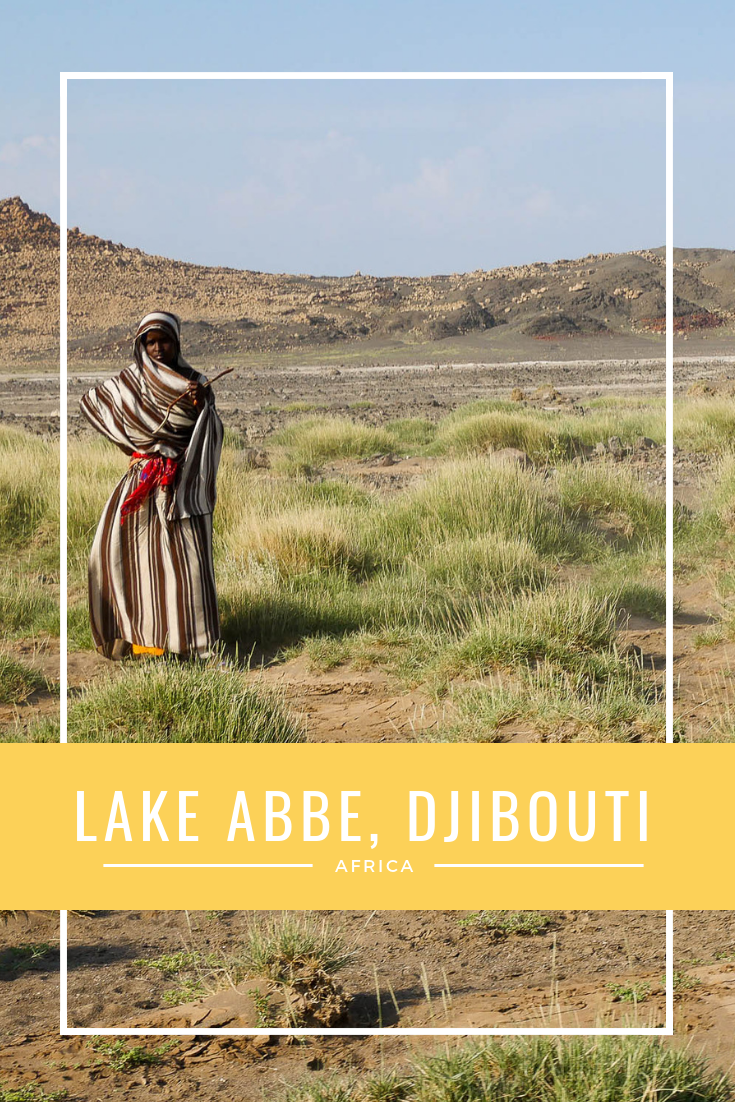
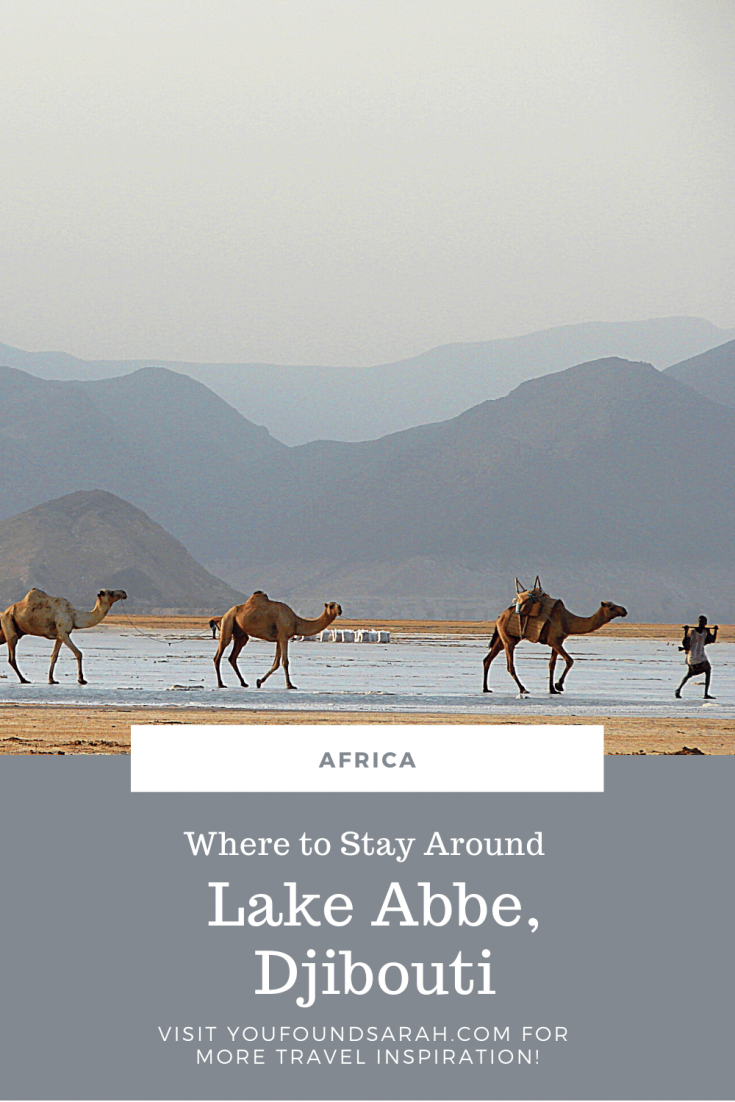
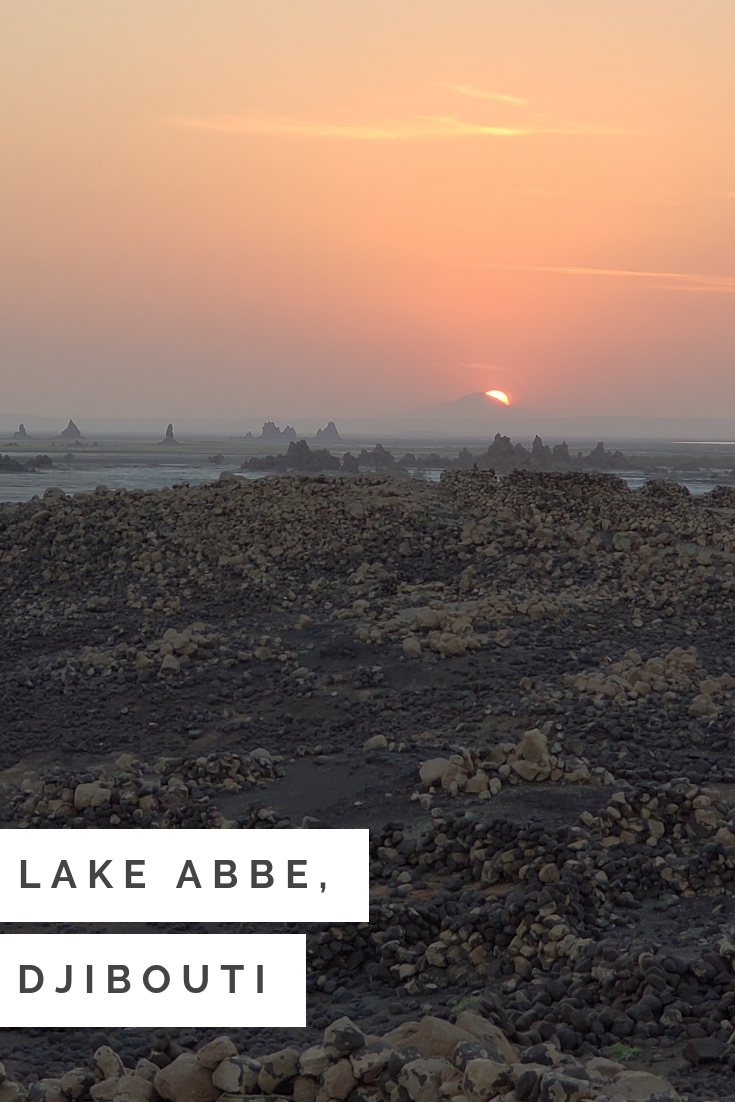
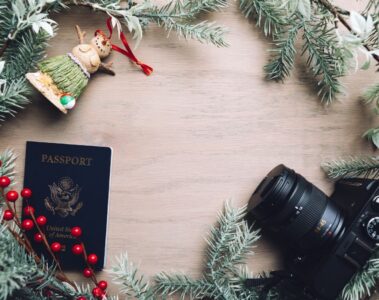
2021 Holiday Gift Guide for Travel-Loving Ladies
It doesn’t matter if the closest thing you’re doing to boarding planes is creating a travel inspiration board on Pinterest! And while nothing really beats a plane ticket or airline gift card, I think these gift ideas will delight even the hardest to please travel-loving ladies on your list.

36 Hours in St. Louis: Your Go To Itinerary [2021]
St. Louis is a fun and easy city to see in 36 hours. You’ll easily be able to explore authentic St. Louis sights, sounds, and tastes. Check out my itinerary below for spending 36 hours in St. Louis!
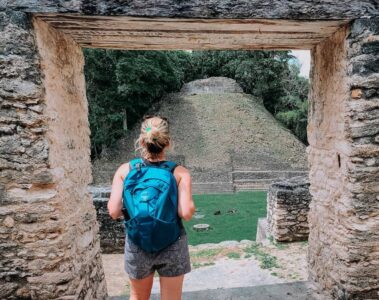
Everything You Need to Know About Visiting Caracol
Caracol is hands down one of Belize’s best hidden gems and a major site in Mayan history. If you love off-the-beaten path adventures and history, you’ll love visiting the ancient Mayan civilization of Caracol.
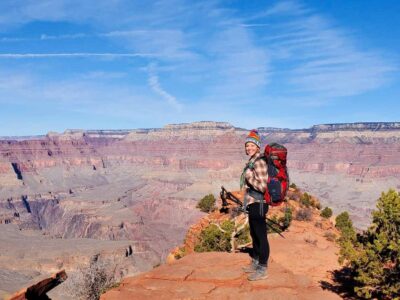
The Best Hike at the Grand Canyon’s South Rim
Have you always dreamed of hiking to the bottom of the Grand Canyon? Here’s what you need to know if you’re hiking the South Kaibab Trail to tick this coveted adventure off your bucket list.
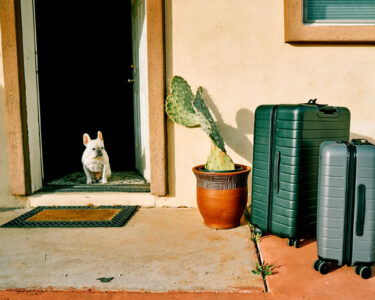
How to Travel When You Have Pets
Our dogs are our children! So we always take great care in finding the perfect place for them to stay while we travel. There are several options when it comes to finding a loving, safe, and fun environment for pets while you travel. Here are the 5 most common.
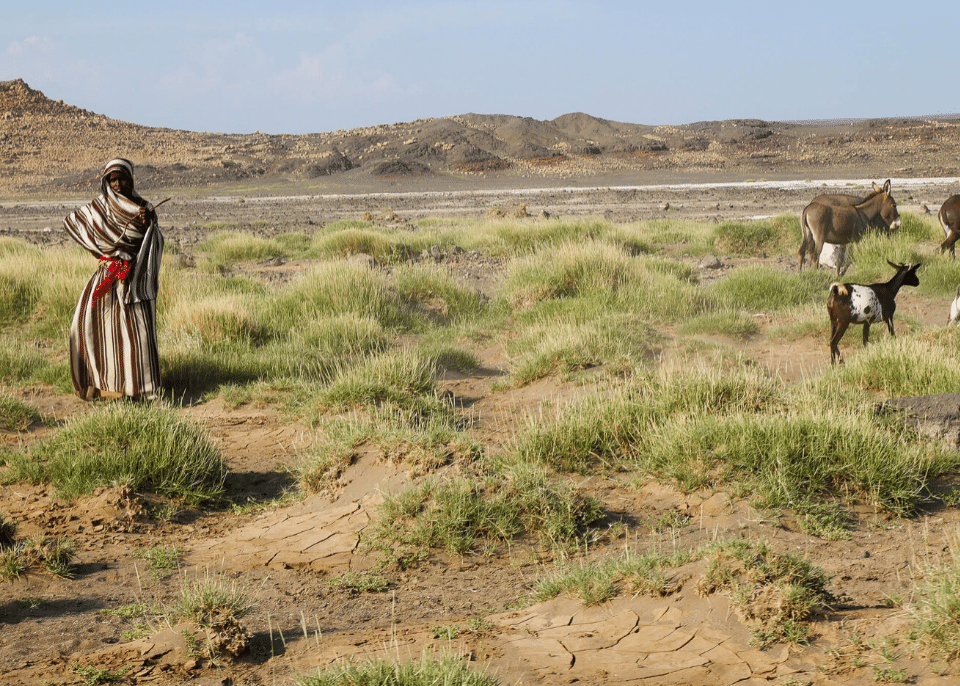
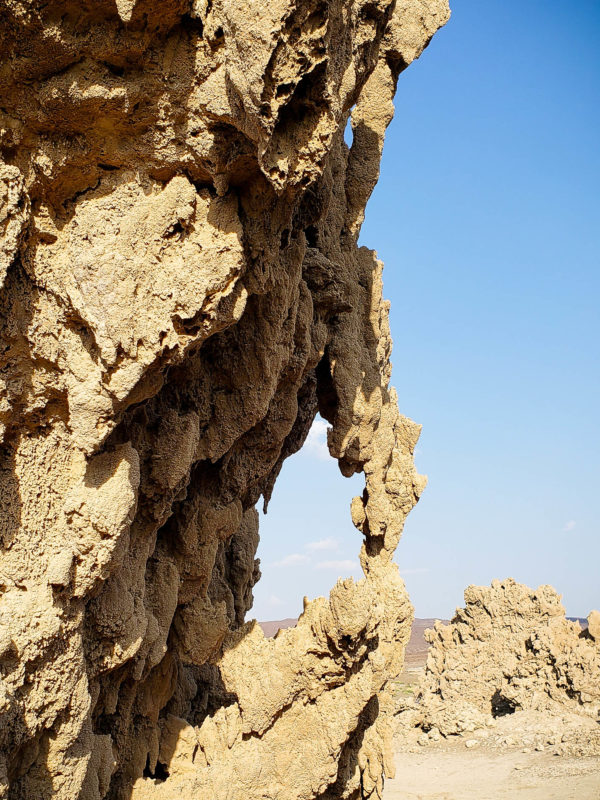
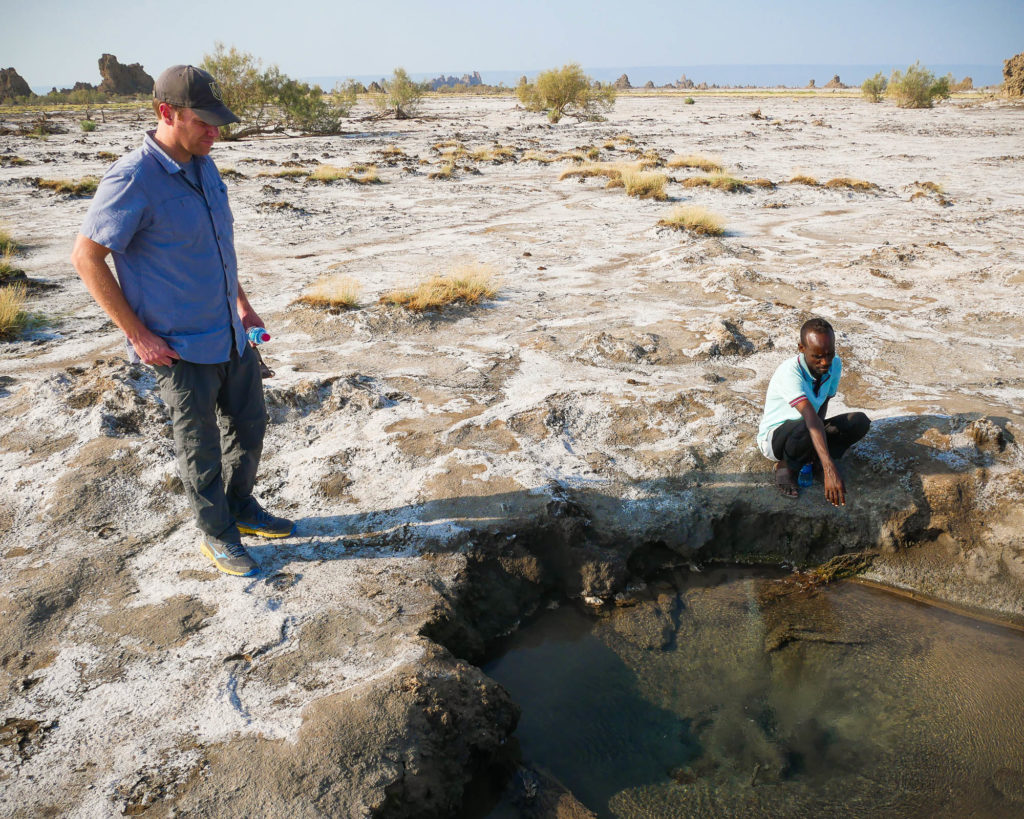
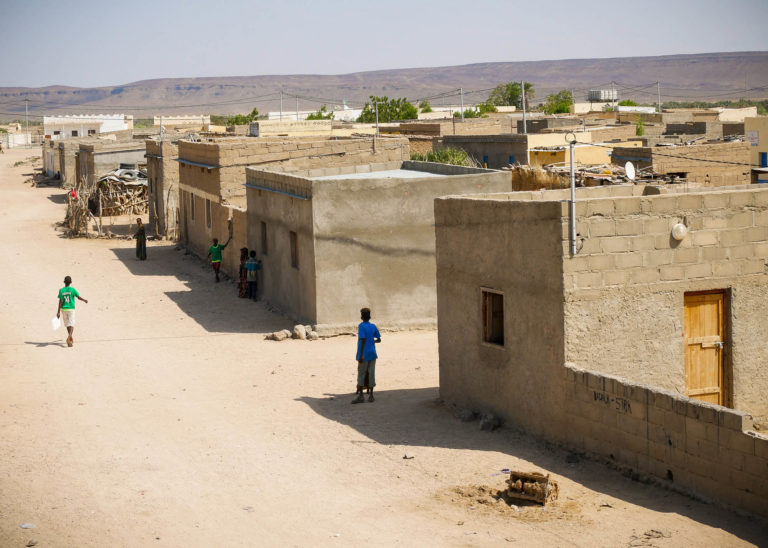
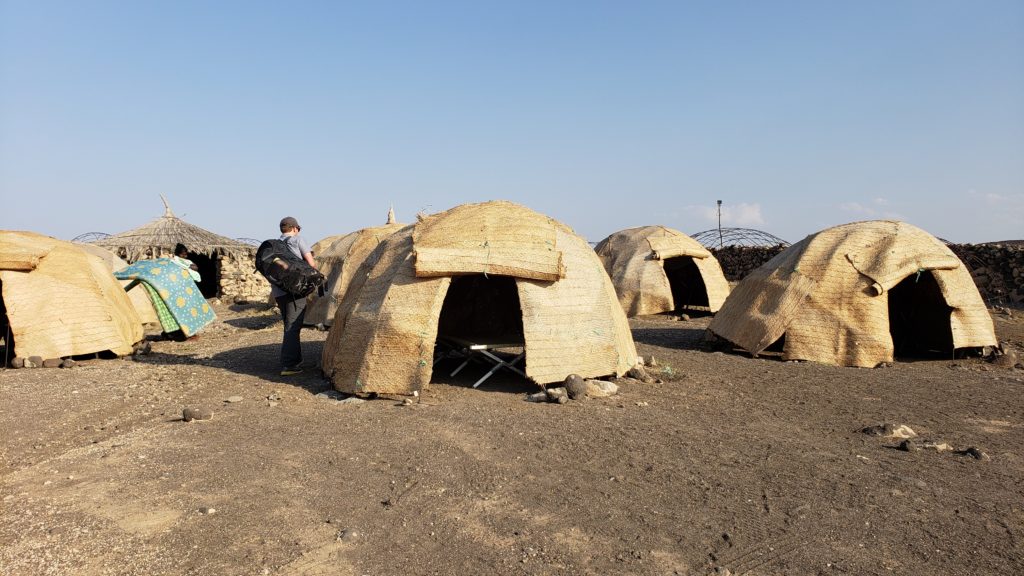
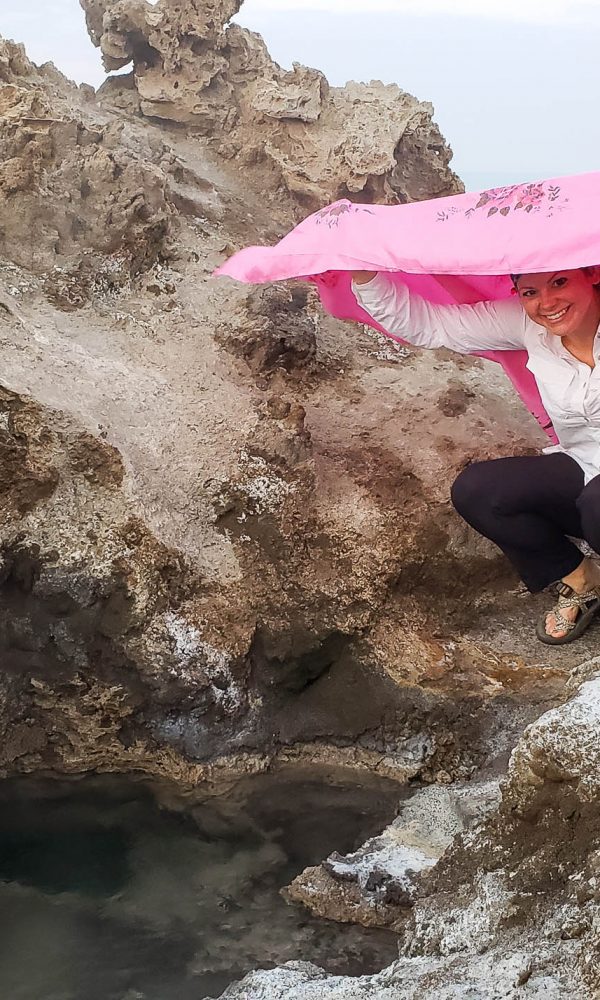
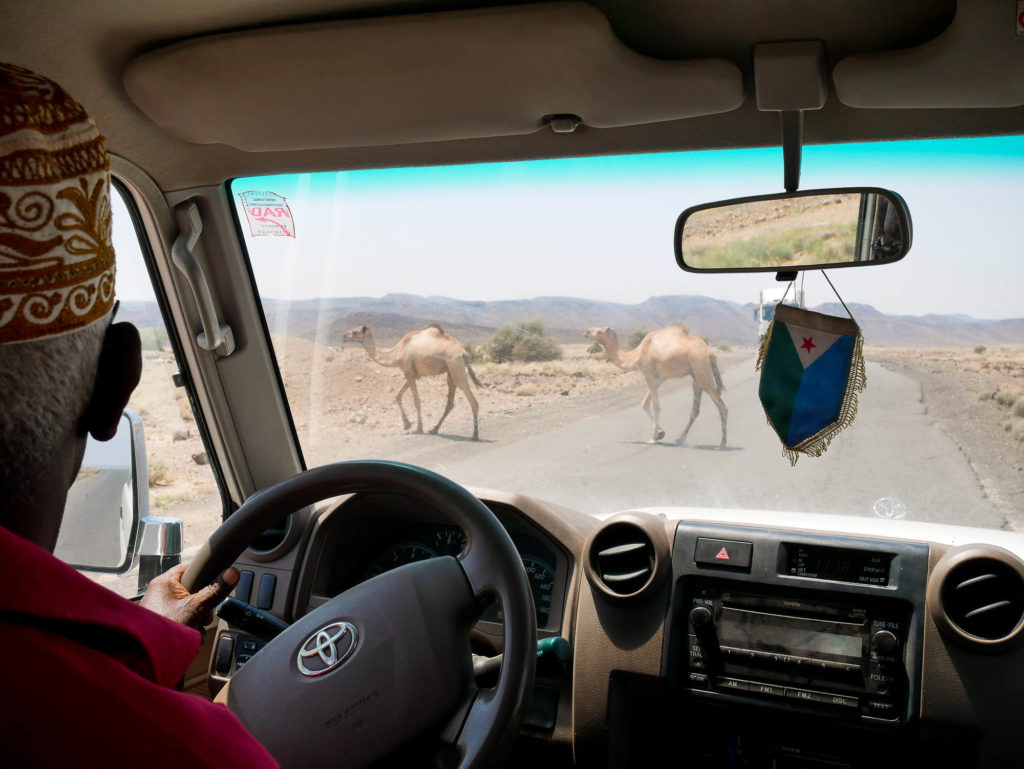
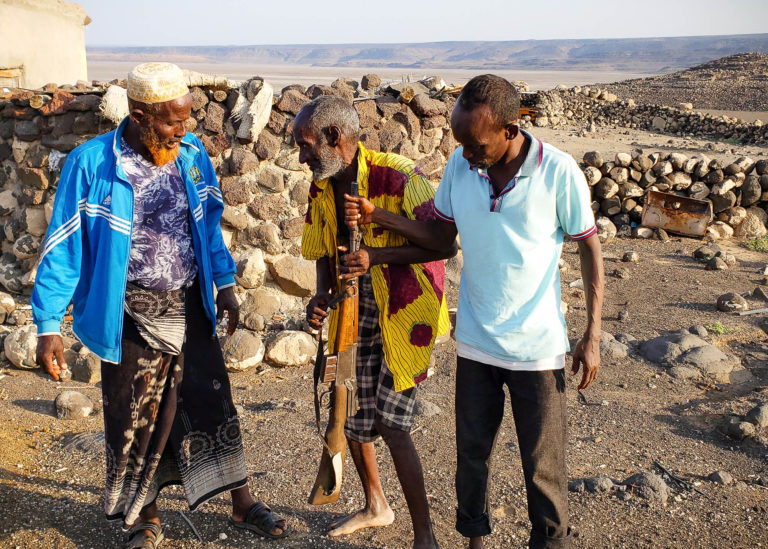


No Comments